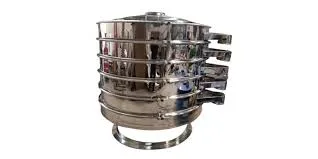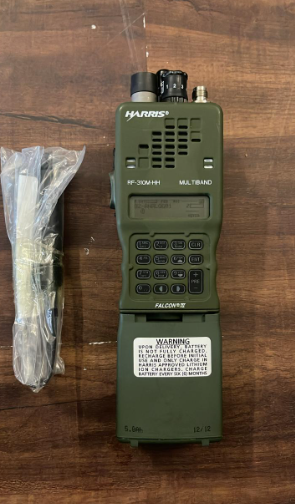In the realm of industrial processing, selecting the appropriate equipment is crucial for optimizing efficiency and productivity. When it comes to separating solids from liquids or grading materials according to particle size, vibrating screen separators play a pivotal role. However, with a plethora of options available in the market, choosing the right vibrating screen separator can be daunting. This comprehensive guide aims to navigate through the key considerations to ensure you make an informed decision.
Understanding Your Application Requirements
Before diving into the specifics of vibrating screen separators, it’s essential to understand the unique requirements of your application. Consider factors such as the type of material to be processed, desired throughput capacity, particle size distribution, and any specific characteristics or challenges posed by the material.
Types of Vibrating Screen Separators
Vibrating screen separators come in various types, each designed to suit specific applications and processing requirements. Common types include circular vibrating screens, linear vibrating screens, gyratory custom vibratory separator , and trommel screens. Understanding the distinctions between these types is crucial for selecting the most suitable option for your operation.
Screening Efficiency and Capacity
Efficiency and capacity are paramount considerations when choosing a vibrating screen separator. Higher efficiency ensures optimal throughput and product quality while minimizing energy consumption and operational costs. Evaluate the separator’s screening efficiency, which is influenced by factors such as screen surface area, inclination angle, and vibration amplitude.
Screen Media Selection
The choice of screen media significantly impacts the performance and longevity of a vibrating screen separator. Various types of screen media, including woven wire mesh, perforated plate, and synthetic screen panels, offer distinct advantages in terms of durability, throughput capacity, and screening accuracy. Assess the material composition, abrasiveness, and particle size distribution to determine the most suitable screen media for your application.
Vibration Characteristics
The vibration characteristics of a vibrating screen separator directly influence its screening efficiency and particle separation accuracy. Factors such as vibration frequency, amplitude, and motion pattern (circular, linear, or elliptical) should be carefully evaluated to ensure optimal performance and product quality.
Maintenance and Serviceability
Efficient maintenance and serviceability are critical for prolonging the lifespan of vibrating screen separators and minimizing downtime. Look for features such as easily accessible components, quick-change screen panels, and robust construction to facilitate routine maintenance tasks and minimize production interruptions.
Environmental Considerations
Environmental factors, such as dust emissions, noise levels, and vibration transmission, should not be overlooked when selecting a vibrating screen separator. Choose equipment that complies with regulatory standards and incorporates features to mitigate environmental impact, such as dust suppression systems and noise insulation measures.
Customization and Integration
In many industrial applications, customization and integration capabilities are essential for seamlessly integrating vibrating screen separators into existing processing systems. Seek suppliers who offer customization options tailored to your specific requirements and provide comprehensive support for installation, commissioning, and integration with other equipment.
Cost Considerations
While upfront cost is a crucial factor in equipment procurement decisions, it’s essential to consider the total cost of ownership over the equipment’s lifespan. Evaluate factors such as energy efficiency, maintenance requirements, spare parts availability, and supplier reputation to determine the most cost-effective solution for your application.
Supplier Reputation and Support
Finally, choose a reputable supplier with a proven track record of delivering high-quality vibrating screen separators and providing reliable customer support. Consider factors such as industry experience, technical expertise, after-sales service, and warranty coverage when selecting a supplier.
In conclusion, selecting the right vibrating screen separator requires a comprehensive understanding of your application requirements, careful evaluation of equipment features and performance parameters, and consideration of factors such as efficiency, maintenance, cost, and supplier reputation. By following this guide and conducting thorough due diligence, you can ensure that you invest in a vibrating screen separator that maximizes productivity, efficiency, and profitability in your operation.




